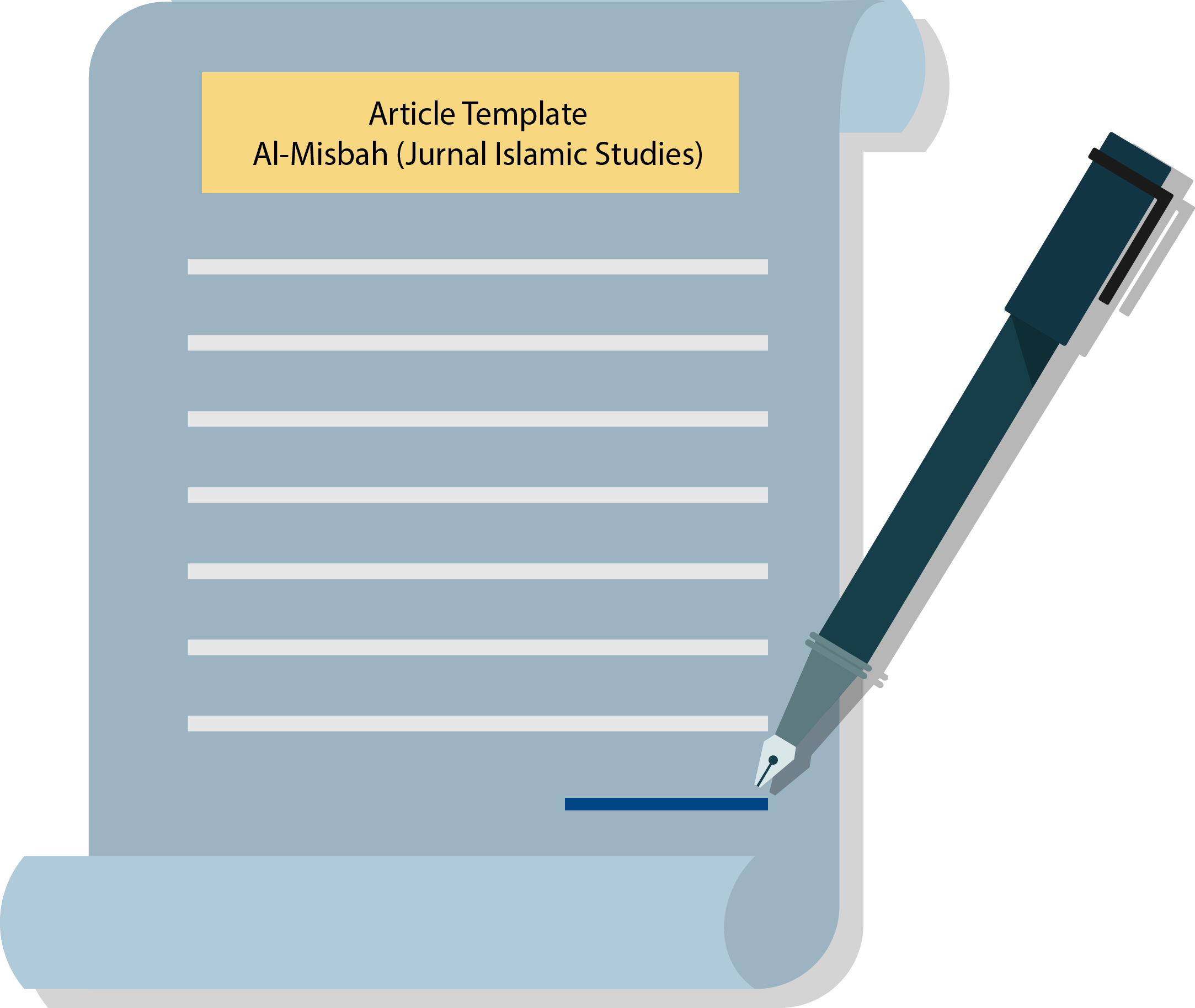PAI Teacher's Creativity in Creating Effective Teaching and Learning Situations in Class X SMK Ma'arif Ponjong, Gunungkidul Regency, Yogyakarta
Abstract
This research is motivated by the causes of students where they are more prone to experiencing boredom in learning, while Islamic religious learning materials now use the 2013 curriculum (K13) where students are required to be more active, but what happens is the opposite. This study aims to: (1) To find out the teacher's efforts in providing PAI lessons in class X SMK Ma'arif Ponjong, Gunungkidul Regency to increase their creativity. (2) To find out how PAI teachers improve the quality of Islamic Religious Education learning at Ma'arif Ponjong Vocational School. The subjects in this study were school principals, Islamic religious education teachers and several tenth grade students of SMK Ma'arif Ponjong. By using techniques with specific goals. This research is a qualitative field research with descriptive method. By outlining the data as it is then analyzed with benchmarks on the data by direct interview, observation and documentation methods. Teacher creativity in learning is very influential on student understanding, the more creative the teacher in learning, the easier it is for students to understand. So that students can understand the lessons of Islamic Religious Education explained by the teacher, the teacher needs to design learning in such a way with the creativity of the teacher in learning so that student learning outcomes can be good. PAI teacher creativity in improving the quality of learning, namely (1) teacher creativity in using methods, namely by applying varied and appropriate methods in learning. (2) Creative teachers in using various media and according to school subject matter. (3) The creativity of teachers in using learning resources, namely teachers utilizing existing learning resources in the school environment.
Downloads
Published
Issue
Section
License
Copyright (c) 2023 Diyah Mintasih, Erwan Prasetyo

This work is licensed under a Creative Commons Attribution-ShareAlike 4.0 International License.
Authors who publish with Islam in world perspectives agree to the following terms:
- Authors retain copyright and grant the journal right of first publication with the work simultaneously licensed under a Creative Commons Attribution License (CC BY-SA 4.0) that allows others to share the work with an acknowledgment of the work's authorship and initial publication in this journal.
- Authors are able to enter into separate, additional contractual arrangements for the non-exclusive distribution of the journal's published version of the work (e.g., post it to an institutional repository or publish it in a book), with an acknowledgment of its initial publication in this journal.
- Authors are permitted and encouraged to post their work online (e.g., in institutional repositories or on their website) prior to and during the submission process, as it can lead to productive exchanges, as well as earlier and greater citation of published work.

This work is licensed under a Creative Commons Attribution-ShareAlike 4.0 International License.


